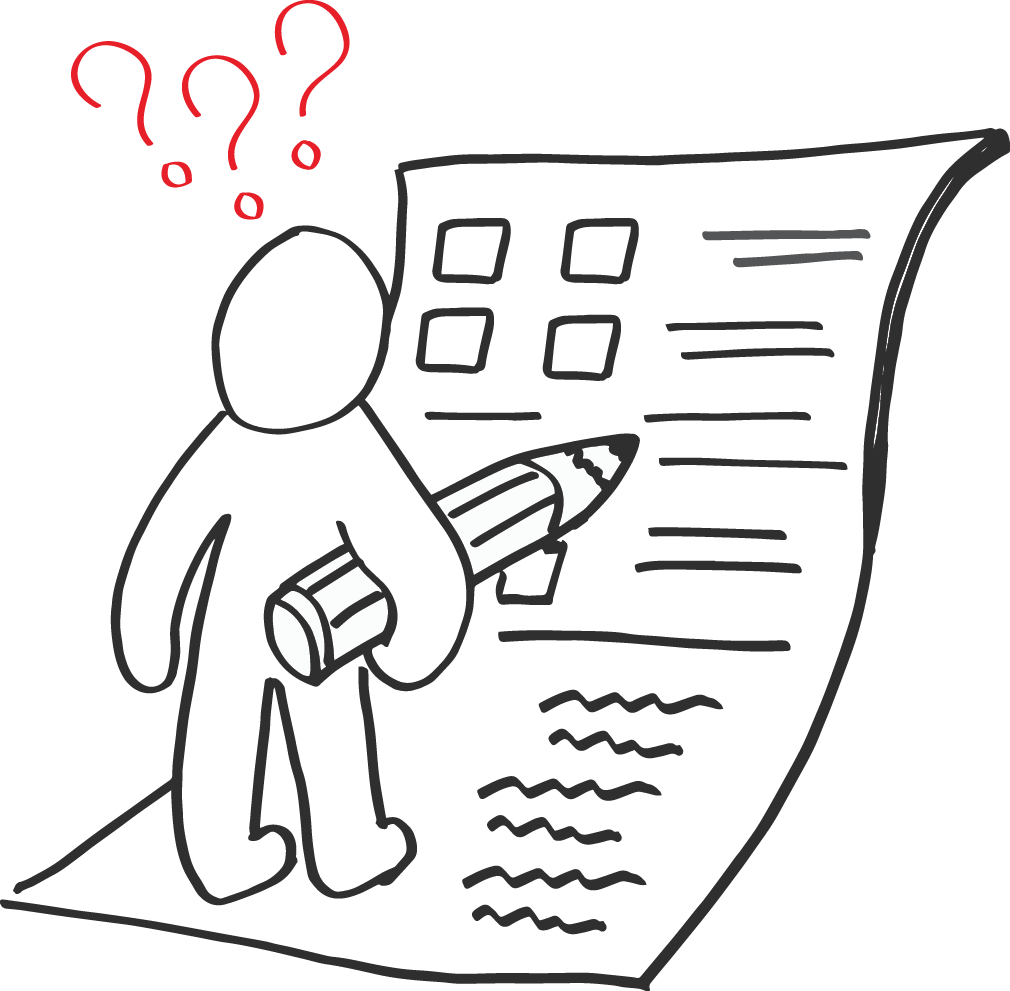Assessment
In order to support and stimulate the student’s actions, imagination and mind-set (the inner elements), the outer elements of the DesUni model create a learning environment that assists teachers in constructing an educational setting in which students are likely to use their imagination, act and adopt a design-oriented mind-set in their work with the curriculum. The five outer factors guide teachers in designing a design-oriented educational setting, with the intention of changing the student’s expectations from being passive receivers of theoretical knowledge, to becoming active creators of knowledge and primary agents in their own teaching process.
To assist teachers in constructing an educational setting in which students are likely to use their imagination, act and adopt a design-oriented mind-set in their work with the curriculum (the three inner factors of the DesUni model), the model offers fives factors that guide teachers in designing a design-oriented educational experience (the five outer factors of the DesUni model). Assessment and the way in which we assess educational activities, is often closely linked to the way in which students act and think. Traditional university structures rely heavily on alignment and prediction of learning outcomes.

Assessment of DesUni learning processes is more about assessment of the process itself, rather than of the output.
’ Assessment strategies normally assume that lecturers know what the student needs to learn and how it may be accomplished’ (Penaluna and Penaluna, 2009: 722).
DesUni learning is about processes of constantly turning ‘what is’ and ‘what has been’ upside down and parallel with exploring alternative futures. It calls for more flexible and process-oriented forms of assessment than is normally common in university education (Pittaway et al., 2009). In terms of DesUni assessment, valuable inspiration is found in the ways design educators evaluate and assess design education (Penaluna and Penaluna, 2009). Design students are assessed more on the process (the student’s own learning process and the process of addressing the wicked problem space) than the outcome. Assessment in the DesUni universe is thus about using visual logbooks, peer assessment, portfolios and authentic examination approaches, etc. to assess students.
Literature:
Penaluna, A. and Penaluna, K. (2009), Assessing creativity: drawing from the experience of the UK’s creative design educators, Education + Training, Vol. 51 No. 8/9, pp. 718-732.
Pittaway, L., Hannon, P., Gibb, A. and Thompson, J. (2009), Assessment practice in enterprise education, International Journal of Entrepreneurial Behaviour and Research, Vol. 15 No. 1, pp. 71-93.
Penaluna, A. and Penaluna, K. (2009), Assessing creativity: drawing from the experience of the UK’s creative design educators, Education + Training, Vol. 51 No. 8/9, pp. 718-732.